Toshiba Introduces ARM Cortex-M3 Microcontrollers
Toshiba
Electronic Devices & Storage Corporation ("Toshiba") has added new products to the “M3H group” of the 32-bit microcontroller product group “TXZ+TM Family
Advanced Class” equipped with Cortex®-M3 using the 40nm process.
In recent years, the need for larger program capacity and support for
FOTA (Firmware update Over The Air) has been increasing. This is driven by the
penetration of digital technology, especially in the IoT (Internet of Things)
area, and by the increasingly advanced functionality required in various
devices. The new products M3H group (2) has expanded the code flash memory
capacity from 512KB (partially 256KB or 384KB) of the Toshiba’s existing
products M3H group (1) to 1MB[1], and the RAM capacity
from 66KB[2] of the Toshiba’s existing products M3H group (1) to 130KB[2]. Other features,
such as an ARM® Cortex®-M3 core running up to 120MHz, integrated code flash, and 32KB data
flash memory with 100K program/erase cycle endurance have been maintained.
These microcontrollers also offer various interface and motor control options,
such as UART, I2C interface, Advanced Encoder Input Circuit, and Advanced Programmable
Motor Control Circuit. Toshiba’s lineup of Microcontrollers in the M3H group
contribute to IoT and advanced functionality in a wide range of applications
including motors, home appliances, and industrial equipment.
In the new products, the 1MBcode flash is
implemented with two separate areas of 512KB each. This implementation allows
instructions to be read from one area, while the updated code is programmed
into the other area in parallel. Finally, the firmware rotation function is
realized by the area swap function[3].
The M3H group products are equipped with UART, TSPI, I2C interface,
2-unit DMAC and an LCD Display Controller[4] to meet the
requirements from a variety of consumer or industrial applications. To support
various kinds of sensing, the new products have maximum 21 channels of 12-bit
high-speed, high-precision analog/digital converter (ADC), that are selectable
from two sample hold time for each analog input pin. In addition, they are
suitable for controlling AC motors and brushless DC motors in combination with
an advanced Programmable Motor Control Circuit and Advanced Encoder Input
Circuit that can operate synchronously with the high-speed, high-precision
12-bit analog/digital converter.
The self-diagnosis functions incorporated in the devices for flash
memory, RAM, ADC and Clock help customers to achieve IEC 60730 Class B
functional safety certification.
Documentation, sample software with actual usage examples, and driver
software that controls the interfaces for each peripheral are available.
Evaluation boards and development environments are provided in cooperation with
ARM® global ecosystem partners.



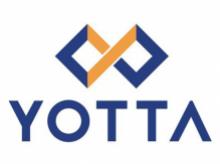

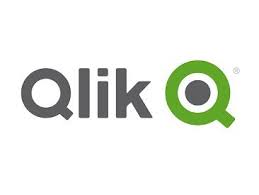








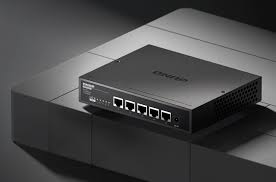
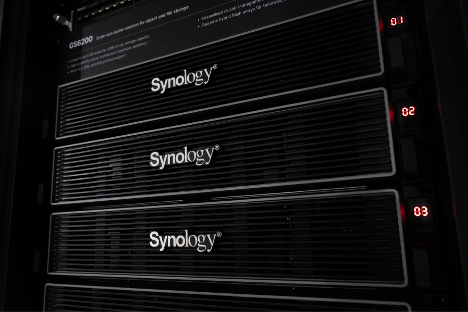






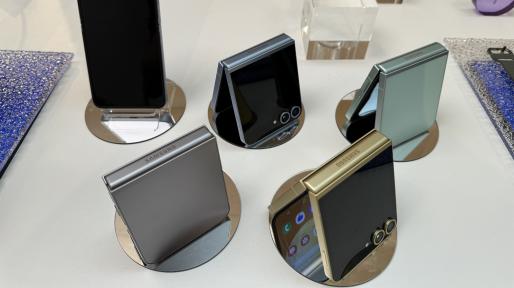











Leave A Comment